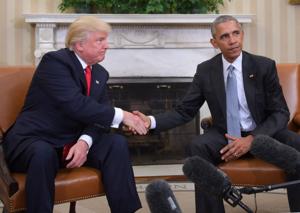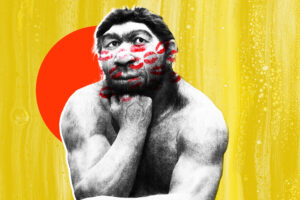
Screenshot
Photographers often adhere to traditional rules about how to capture images, but these guidelines can sometimes limit artistic expression. In a recent discussion, Emily Lowrey challenged several widely held beliefs in the photography community that merit a reevaluation. Her insights encourage both amateur and professional photographers to think critically about assumptions that may not align with the evolving nature of the craft.
Lowrey highlights two prevalent sayings: “real photographers always shoot in manual” and “photographers shouldn’t edit photos.” These statements reflect a rigid viewpoint that might overlook the nuances of different photographic situations. For instance, while using manual mode can be beneficial in specific scenarios, such as portrait photography or macro work where precise control over lighting is essential, there are times when semi-automatic modes can be more practical.
As a photojournalist, capturing the moment is often the primary objective. In fast-paced environments, such as sporting events, it can be crucial to prioritize responsiveness over manual adjustments. Adopting modes like aperture priority allows photographers to focus on critical elements, such as background control, while reducing the risk of missing fleeting moments.
Editing, too, is a subject of debate. Lowrey advocates for the importance of post-processing, asserting that cameras merely provide the starting point for a final image. She argues that even the most renowned photographers have employed editing techniques extensively. This perspective is echoed by many professionals who recognize that refining an image can enhance its visual impact. Although Lowrey acknowledges the value of traditional editing, she draws a firm line against the use of AI to create or manipulate images in ways that distort the original photography.
In her discussion, Lowrey presents additional myths that challenge conventional wisdom in photography. These thoughts invite photographers to engage in a broader debate about the art’s evolving landscape and the implications of technological advancements on creative expression.
Wasim Ahmad, an assistant teaching professor at Quinnipiac University, has a background in multimedia journalism and has worked at several newspapers across the United States, including those in Minnesota, Florida, and New York. He emphasizes that the dialogue surrounding photography is vital, particularly as digital technology transforms the way images are captured and shared.
For those interested in exploring these ideas further, Lowrey’s video presentation offers a deeper dive into the subject. She encourages viewers to reflect on their own experiences and share their thoughts in the comments. This ongoing conversation not only enriches the photographic community but also fosters a more inclusive understanding of what it means to be a photographer in today’s world.
As the art of photography continues to evolve, reexamining these long-held beliefs can lead to more innovative and personal approaches to capturing the world through a lens.






